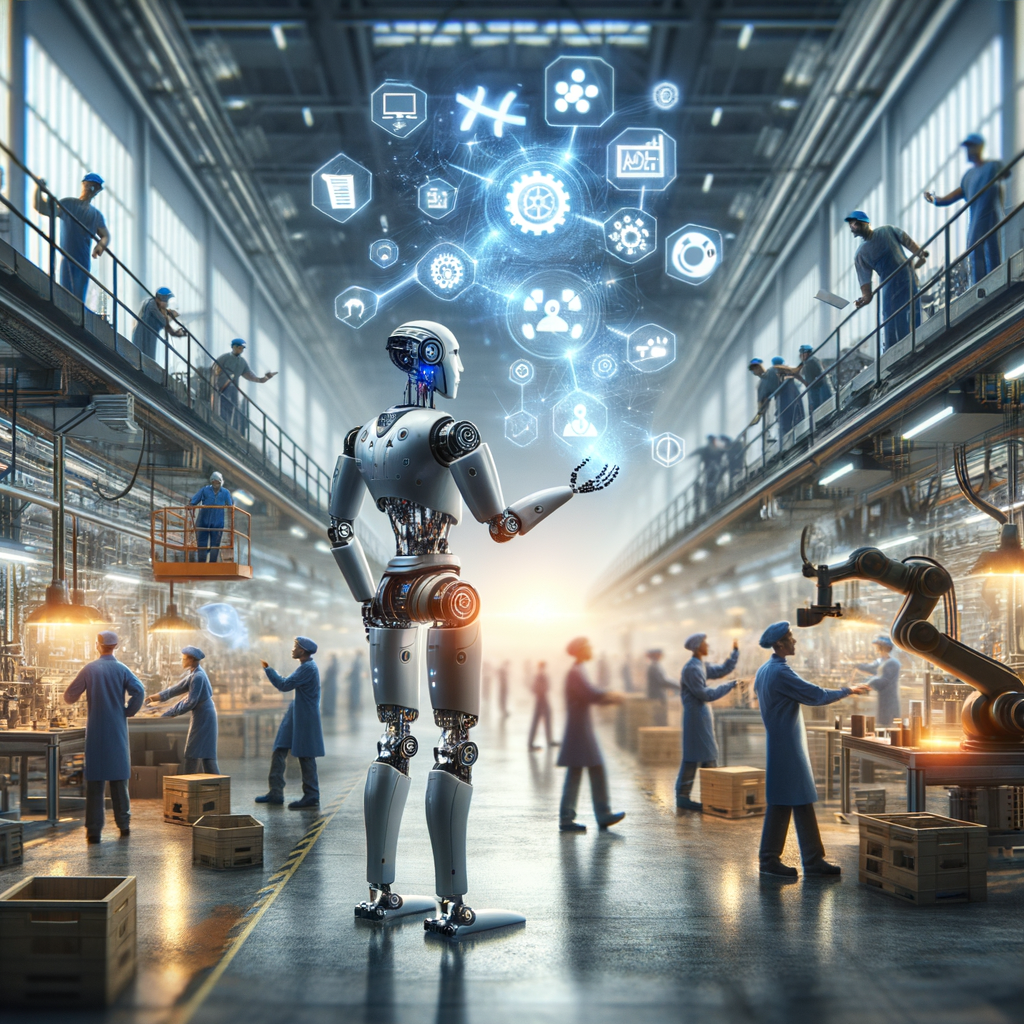**”Humanoid Robots: The Next Big Leap in AI and Automation”**

“`html
The Rise of Humanoid Robots: The Next Technological Frontier
In the fast-paced world of artificial intelligence and robotics, humanoid robots are becoming a key focus for investors and tech companies alike. With significant funding pouring in, real-world applications emerging, and major players joining the game, 2025 is shaping up to be the year humanoid robots move from science fiction to reality.
Massive Investments in Humanoid Robotics
One of the most striking indicators of the humanoid robotics boom is Figure AI. The Silicon Valley startup has secured a staggering $1.5 billion in funding at a $39 billion valuation. This valuation is 15 times higher than its previous funding round just a few months ago—truly a testament to investor confidence in the field.
What sets Figure AI apart from many robotics startups is that they are already generating revenue by deploying robots in real factories. Unlike competing firms that showcase fancy demos and promising concepts, Figure AI has transitioned into real-world applications, working with industrial leaders like BMW.
Other Players in the Field
Figure AI isn’t the only company betting big on humanoid robots. Several key players are making moves:
- Apptronik: Secured $350 million from B Capital and Alphabet for its humanoid robot, Apollo, which is designed for supply chain operations like moving packages in warehouses.
- Meta: Announced a new robotics team led by ex-Cruise executive Marc Whitten, with a focus on AI, sensors, and software crucial for robotic development.
- Apple: Leaks suggest Apple is working on both humanoid and non-humanoid robot designs, with a potential table-top robot arriving in 2026–2027.
- Unitree: Introduced its upgraded G1 humanoid robot with improved mobility and agility, making it a potential partner for AI-driven robotics applications.
The Stakes: A $38 Trillion Market?
Elon Musk has boldly predicted that humanoid robots could provide “quasi-infinite products and services,” potentially rendering money meaningless. While such claims may seem far-fetched, financial projections support the optimism.
Goldman Sachs Research estimates that the humanoid robot market could reach a staggering $38 trillion by 2035. Companies such as Figure AI already claim they can ship up to 100,000 units in the next four years, with major corporate clients like BMW already on board.
Competing Approaches to a Humanoid Future
Different companies are taking varied approaches to humanoid robotics:
- Figure AI: A full-stack solution focusing on both commercial and home use.
- Apptronik: Specializing in logistics and supply chain automation.
- Meta: Providing the AI and software infrastructure to support a broader robotics market.
- Unitree: Focusing on agility-enhanced humanoid robots.
- Apple: A secretive project with unknown yet potentially groundbreaking implications.
The Future of Humanoid Robotics
With billions of dollars in investments, real-world deployment, and strategic partnerships, the next few years will likely define the role of humanoid robots in everyday life. Will they replace human workers in warehouses, assist in households, or even change the way we interact with technology? Only time will tell.
Regardless of which company emerges as the leader, one thing is clear: humanoid robots are no longer just a futuristic vision—they are becoming a reality, and their impact on industries and society will be profound.
Conclusion
The humanoid robotics industry is growing at an unprecedented pace. With major players entering the field and customers ready to adopt these advanced machines, we are on the brink of a new era in automation and artificial intelligence.
Stay tuned, as the revolution of humanoid robots has only just begun.
#HumanoidRobots #AI #Automation #Technology #FutureTech #Robotics #ArtificialIntelligence #TechInnovation
“`